When pruning can kill your tree – expert arborists reveal the danger periods to avoid
Pruning trees during these periods can endanger their health and vitality

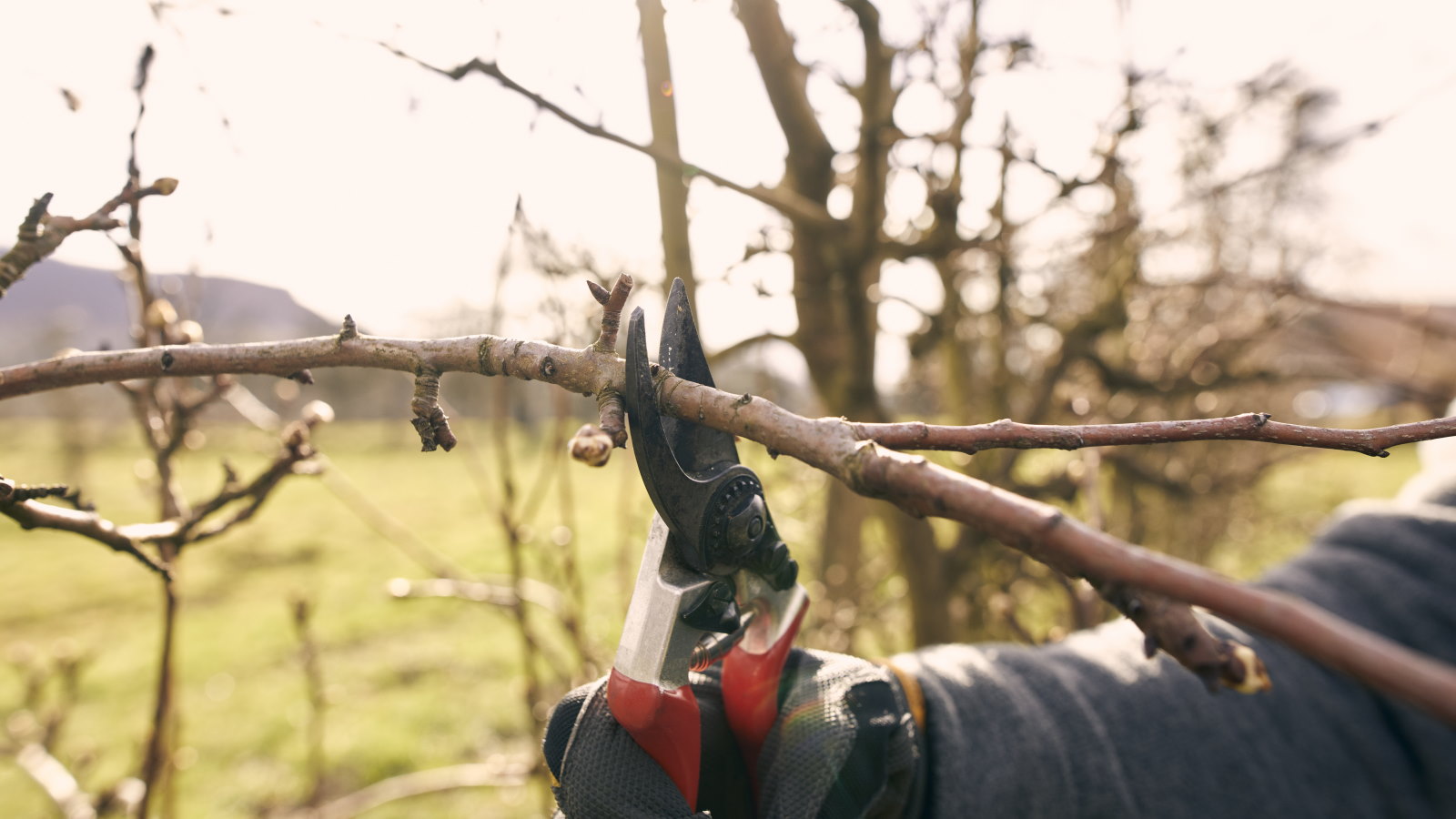
Pruning is essential for keeping trees healthy, safe, and beautifully shaped. While it may not need to be a regular chore, doing it at the right time is crucial – pruning at the wrong moment can drain a tree’s energy, jeopardize its health, and make it vulnerable to disease. Most deciduous trees fare best when pruned during their dormant season, from late fall to late winter, but even then, there are specific periods that are particularly risky.
When to never prune trees
Knowing when to prune trees is essential for healthy, safe, and well-shaped trees, but timing is everything. To help you avoid tree pruning mistakes, I’ve gathered expert tips on when to prune and when to avoid it, including the riskiest periods for pruning tree branches.
Knowing the right times to use your garden tools ensures your trees stay healthy and thrive. These are general guidelines, as timing can vary by species, but following them gives your backyard trees the best chance to flourish.
1. The riskiest period – active disease season (mid-spring to early summer)

Pruning deciduous trees, especially oaks and elms, from the point they break dormancy through early summer is a high-stakes gamble. The combination of active growth and warm weather dramatically increases the risk of fungal diseases and insect transmission.
Disease attraction: Basil Camu, an ISA-certified arborist and founder of Leaf & Limb, warns that fungal diseases are rife in the spring. More critically, the fresh cuts attract sap-feeding beetles, which are vectors for lethal diseases like Oak Wilt and Dutch Elm Disease.
Expert insight: Basil Camu stresses that ‘pruning at this time can cause stress and reduce the tree's ability to heal.’ He notes that ‘Generally, it’s best to avoid pruning during late March through early May, depending on the region and the specific tree species. This is when many trees experience significant sap flow and growth.’
2. Periods of extreme environmental stress
Pruning should never be done when your trees are already stressed by the environment, whether from drought, scorching heat, or intense cold.
Design expertise in your inbox – from inspiring decorating ideas and beautiful celebrity homes to practical gardening advice and shopping round-ups.
Heat and drought: Pruning during excessive heat places a severe burden on the plant’s ability to recover. Ken Wickham, an ISA-certified arborist with Joshua Tree Experts, warns that pruning in excessive heat can place additional stress on ‘an already stressed tree’ due to the environmental conditions. He adds: ‘This stress can also open the tree to insect infestation or disease issues.’
Extreme cold: Though winter is the dormant season, pruning during periods of deep, hard frost risks the cut wounds freezing, which can cause cracking and dieback. Lisa Tadewaldt, founder at Urban Forest Pro, cautions that ‘If you prune too far into winter or in the heat of summer, the tree can react negatively and die back or die completely, but if you live in a milder climate, this is usually not an issue except in the case of unexpected extreme weather.’

Ken Wickham brings expert-level knowledge and a deep commitment to excellence in tree care to his role as Tree Care Franchise Facilitator at Joshua Tree Experts. Accredited as an ISA Certified Arborist, Ken combines his extensive understanding of arboriculture with practical skills in tree health management.
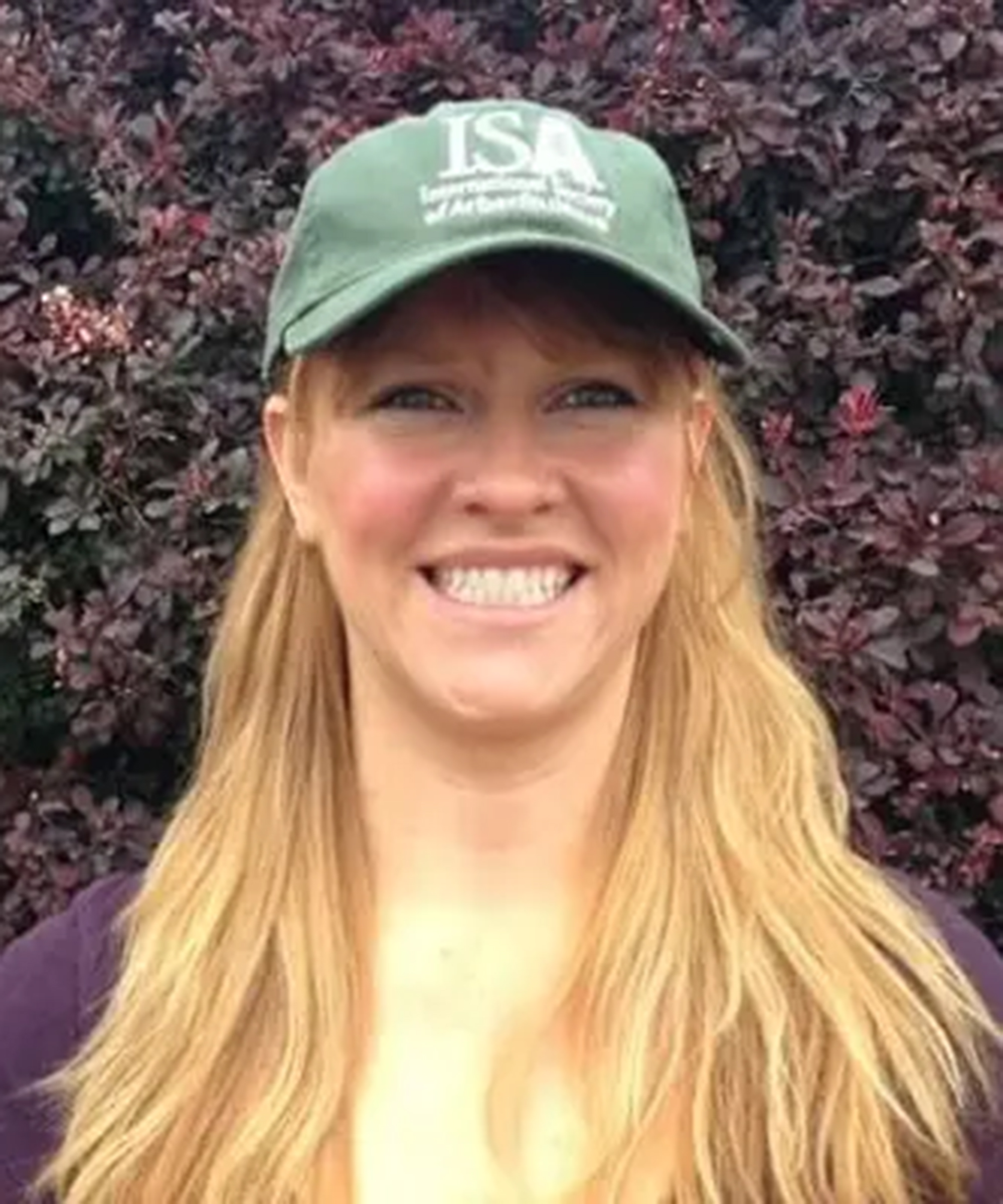
Lisa Tadewaldt is the founder and owner of Urban Forest Professionals, an arborist company out of Portland, OR, that has been serving that community for over 15 years
3. During the peak growth flush (late spring)

When a tree bursts into life in the spring, sap is rising rapidly, and the tree is expending huge amounts of stored energy to grow new leaves and shoots. Pruning now interrupts this natural process.
Making large cuts during this time forces the tree to use critical energy reserves to heal the fresh wounds and bleeds a significant amount of sap – a phenomenon particularly noticeable in trees like maples, birches, and walnuts. Pruning these 'bleeder' trees in late winter or early spring is a mistake, which is why they are exceptions that should be pruned in mid-to-late summer instead.
4. Late summer to early fall
The window between late summer and the first fall frost is often cited as the 'worst time' to prune most deciduous trees. This timing creates two distinct hazards:
Energy depletion: International consulting arborist Scott Seargeant warns that pruning during this time reduces a tree’s ability to make and store food. He says: ‘During this time, trees are storing energy they will need to produce new growth in the spring. The leaves make the food for the tree. So pruning reduces a tree’s ability to make and store food.’
Winter damage: Pruning now can also trick the tree into putting out a last burst of vulnerable new growth. This fresh, soft growth will not have time to harden off before the winter frosts, leading to branch dieback and further stressing the tree. Scott Seargeant confirms that ‘pruning in the fall leaves open wounds that a tree will need to spend additional energy reserves to compartmentalize. Open wounds are entry points for insects and diseases.’
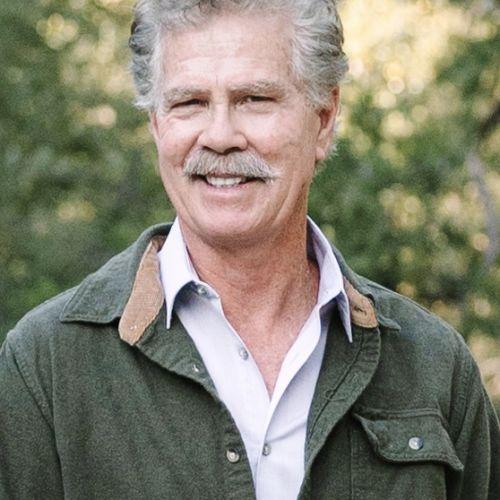
As an International Consulting Arborist, Scott Seargeant's expertise lies in diagnosing tree conditions, providing treatment, recommendations, selecting appropriate trees for planting, and offering guidance on post-planting tree care.
5. A crucial exception – flowering trees
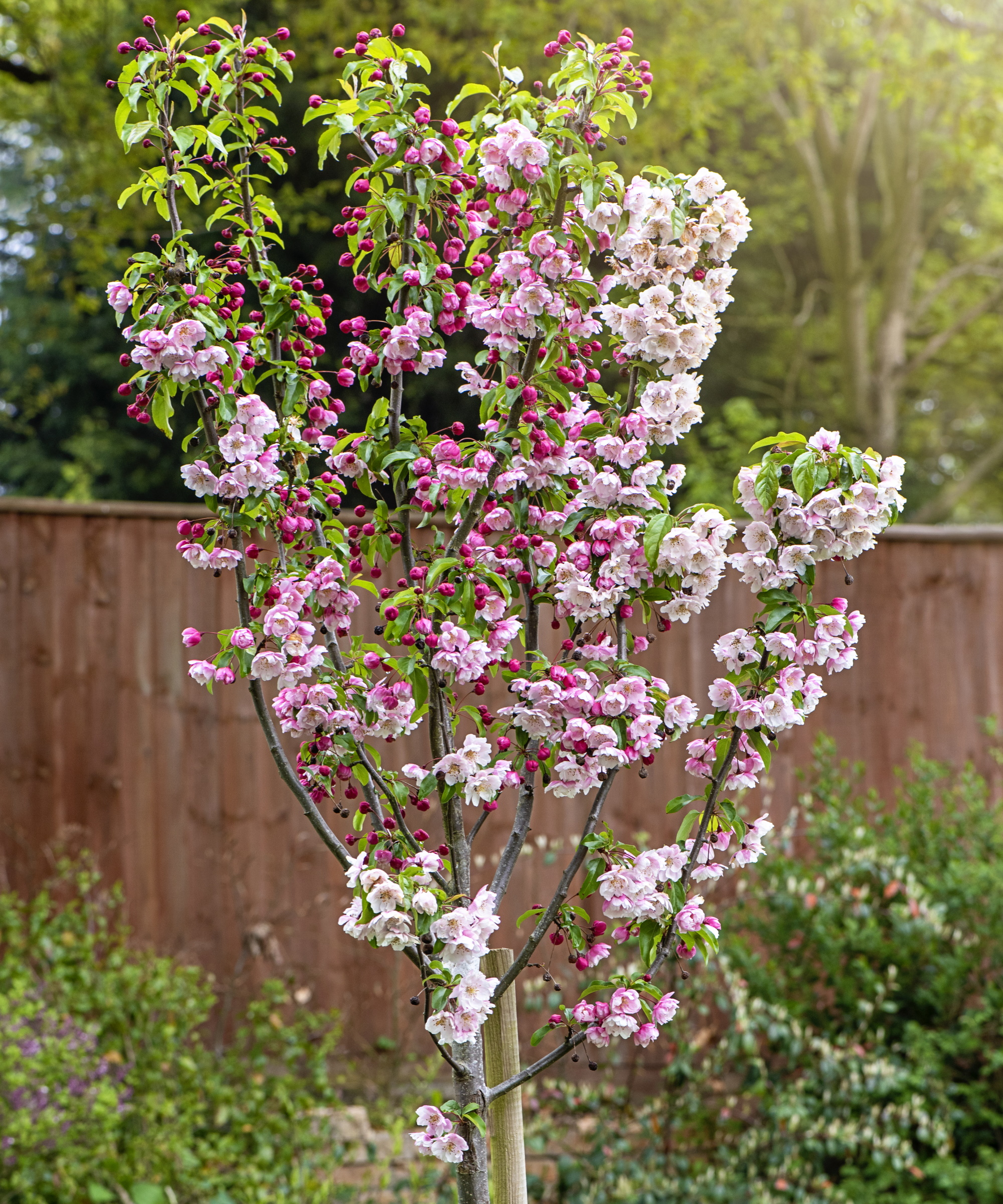
For many ornamental and fruit trees, the 'dormant season' rule must be ignored, as pruning at the wrong time will remove next year’s flowers.
Spring bloomers: Trees that flower on old wood (growth from the previous year), such as ornamental cherries, lilacs, magnolias, and dogwoods, should be pruned immediately after they finish flowering in the spring. If you prune them in the late summer or fall, you will be cutting off all the buds for the following year.
The advice outlined above is predominantly for major structural pruning and shaping. However, emergency pruning is an exception to every rule. When you spot broken, damaged, or diseased branches, they are best removed immediately, regardless of the time of year, to ensure the safety and long-term health of the tree.
Shop tools for tree pruning
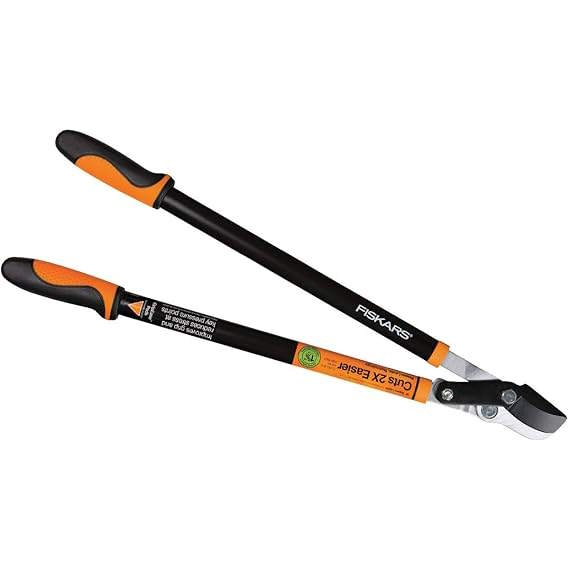
Effortlessly trim branches up to 1.75" thick with precision and ease. Featuring Power-Lever technology for maximum cutting power, low-friction coated steel blades for smooth, rust-resistant cuts, and ergonomic SoftGrip handles for comfort and control. Durable, reliable, and designed to make maintaining a healthy, beautiful yard easier than ever.
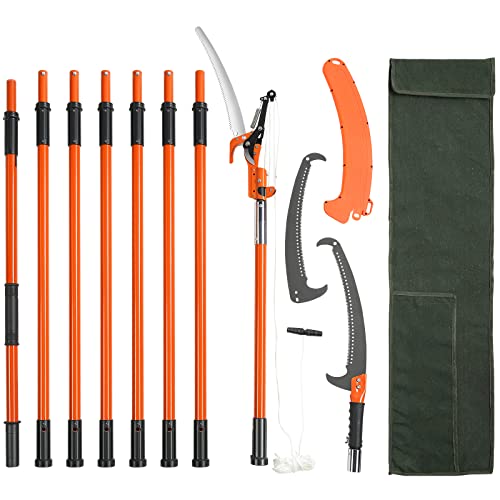
Tackle any pruning task with ease, from high branches to lower logs and shrubs. Featuring an 8-section adjustable pole, double-lock joints for stability, and a lightweight 11 lb design for extended use without fatigue. The rust-resistant carbon steel blade with Teflon coating and dual hook knives ensures efficient cutting, while insulated handles and reinforced connections keep you safe.

Achieve sharp, clean cuts every time with Japanese high-carbon steel blades designed to promote healthy plant growth. Ergonomic handles with non-slip grips and shock-absorbing pads reduce hand fatigue, making them ideal for gardeners of all ages. Rust- and corrosion-resistant anodized aluminum with titanium-coated blades ensures long-lasting durability.

Drew has worked as a writer since 2008 and was also a professional gardener for many years. As a trained horticulturist, he worked in prestigious historic gardens, including Hanbury Hall and the world-famous Hidcote Manor Garden. He also spent time as a specialist kitchen gardener at Soho Farmhouse and Netherby Hall, where he grew vegetables, fruit, herbs, and cut flowers for restaurants. Drew has written for numerous print and online publications and is an allotment holder and garden blogger. He is shortlisted for the Digital Gardening Writer of the Year at the 2025 Garden Media Guild Awards.